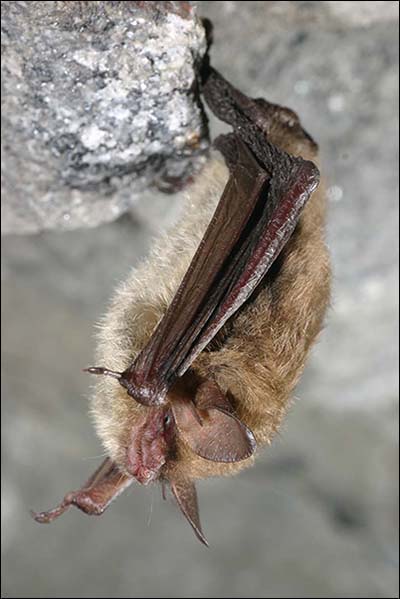 Threatened species are those at risk of becoming endangered, and such a listing triggers a number of regulatory requirements to prevent further declines. The threatened listing provides the U.S. Fish and Wildlife Service (FWS) with the ability to provide some flexibility in implementing the Endangered Species Act (ESA) by identifying exemptions under Section 4(d) of the ESA.
Threatened species are those at risk of becoming endangered, and such a listing triggers a number of regulatory requirements to prevent further declines. The threatened listing provides the U.S. Fish and Wildlife Service (FWS) with the ability to provide some flexibility in implementing the Endangered Species Act (ESA) by identifying exemptions under Section 4(d) of the ESA.
The so-called 4(d) rule is intended to focus regulatory attention on measures that best provide for the conservation of the species. With that in mind, the FWS has drafted an interim 4(d) rule that exempts ‘take’ associated with certain activities – from expanding existing transportation corridors to removing hazardous trees – that are expected to have minimal impacts.
The interim 4(d) rule also accounts for exemptions based on the known extent of white-nose syndrome (WNS) in what the rule calls the WNS ‘buffer area.’ If WNS is found within 150 miles of a county, the entire county is included in the WNS buffer area. For areas of the country not affected by WNS, the interim 4(d) rule exempts incidental take from all activities.
By making the 4(d) rule interim, FWS has some time to clarify the language of the rule and what kinds of take exemptions are appropriate. The final decision for the 4(d) rule is expected by the end of this year.
Why the listing matters
Despite the lack of evidence that wind farms present a big risk to the northern long-eared bat (NLEB), this listing has some potentially significant impacts for wind developers. One is that the interim 4(d) rule does not include development or operation of wind farms within the WNS buffer area as an exempted activity. What that means is that unless a wind project is clearly outside of the range of the NLEB and/or outside the WNS buffer area, developers will need to consider the NLEB during siting, development and operation of wind projects.
Depending on the site and the project specifics, wind developers may need to conduct presence/absence surveys via traditional mist-netting or acoustic methods to determine the creature's presence. If the NLEB is found on a particular site, minimal tree clearing may be allowed under the 4(d) rule but only if the activities do not occur within a quarter-mile of known hibernation areas; do not destroy roost trees during the pup season (June and July); or do not involve clear-cutting. Wind farm development could involve any or all of those activities, making the chances of exemption slim and adding increased time for permitting and compliance processes before a project can begin.
Now is the time for wind developers to assess their projects to determine if and how the NLEB listing may affect their budgets and timelines.
Wind project operators and developers will need to evaluate the risk posed by their projects and decide what, if any, actions are appropriate. Appropriate actions will depend on whether a project is in development or already operating, the results of pre-construction surveys and post-construction monitoring, the feasibility of measures to avoid or minimize risk, and consultation with agencies or other project stakeholders.
The FWS has posted a useful ‘Do I Need a Permit?’ guide on its website that walks developers through those questions and answers. If take cannot be avoided, developers may also need to put together a habitat conservation plan and apply for an incidental take permit. These processes should begin as soon as possible to keep projects from being delayed further.
Trevor Peterson is a senior wildlife biologist and bat specialist at Stantec, and Terry VanDeWalle is a senior biologist and permitting specialist at Stantec. They can be reached at trevor.peterson@stantec.com and terry.vandewalle@stantec.com, respectively.



